Overview
Ergonomics is crucial in folding knife design, significantly enhancing user comfort, control, and safety. Key features include grip design, handle shape, and weight distribution, tailored for different uses like outdoor activities, crafting, and everyday carry. Future advancements may incorporate smart technology for personalized ergonomic solutions, emphasizing the importance of choosing ergonomically designed knives for an improved user experience.
When it comes to the design of folding knives, many factors come into play—from blade material to locking mechanisms. However, one aspect often overlooked yet critical to both functionality and user satisfaction is ergonomics. Understanding the importance of ergonomics in pocket knife design can significantly enhance the user experience, ensure safety, and improve overall performance. In this article, we will delve into the intricacies of ergonomic design in folding knives, explaining why these principles matter to consumers and manufacturers alike.
What is Ergonomics?
Ergonomics is the study of people's efficiency in their working environment. It aims to design tools, systems, and environments that fit the human body and its cognitive abilities. When applied to folding knives, ergonomics focuses on how the knife feels in the user's hand and how efficiently it can be used in various tasks.
Why Ergonomics Matter in Folding Knives
Promotes Comfort and Reduces Fatigue
One of the primary benefits of ergonomic design in folding knives is the comfort they provide. A well-designed knife allows the user to grip it without straining their hand or wrist, reducing fatigue during prolonged use. This becomes especially important for professionals or enthusiasts who use folding knives frequently for tasks such as camping, fishing, or woodworking.
Enhances Control and Precision
The grip and design features of ergonomic folding knives contribute to enhanced control and precision. Ergonomic handles typically feature contoured shapes that fit the hand naturally, making it easier to maneuver the blade during intricate tasks. This level of control is essential when safety is a priority, as it reduces the chances of accidental slips that could result in injury.
Supports Natural Motion
When designing folding knives, manufacturers should consider how the tools will be used in real-world situations. Ergonomics encourages the design of knives that support natural hand movements, whether it's opening the blade, cutting, or closing the knife. Such consideration ensures that users can operate the knife smoothly and with minimal strain.
Key Ergonomic Features in Folding Knives
To create an ergonomic folding knife, several features can be integrated into the design. Here are a few critical components:
Grip Design
The grip is perhaps the most essential aspect of an ergonomic knife. A good grip should conform to the natural contours of the human hand and be made from materials that offer a good texture for slip resistance. Textured rubber or molded polymer materials often fulfill this need, providing a comfortable feel while maintaining a secure grip.
Handle Shape
The shape of the handle should fit the hand comfortably, allowing for varied grips. Some knife designs focus on a wider, cognizant handle that accommodates different hand sizes, while others may feature finger grooves for a more secure hold. This variation allows for individual preferences and ensures that users can find a comfortable grip that suits their specific needs.
Weight Distribution
An ergonomic design also considers how weight is distributed through the folding knife. A well-balanced knife will feel lighter and easier to control, reducing strain on the hand and wrist. This feature is particularly crucial for larger folding knives that may require more effort to maneuver.
Considerations for Different Uses
Different uses requirement different design considerations. Understanding the end-user's applications ensures that ergonomic features are tailored effectively.
Camping and Outdoor Activities
For outdoor enthusiasts who rely on folding knives for camping, fishing, or survival tasks, ergonomics can significantly influence performance. During activities like carving, cooking, or setting up camp, a comfortable grip and balanced weight are essential to maintain usability over extended periods.
Crafting and DIY Projects
Individuals who use folding knives in crafting or DIY projects place a premium on precision. The ergonomics of a knife designed for crafting should allow for nuanced control, enabling users to make delicate cuts without sacrificing comfort. This can be achieved through finger grooves and a lightweight design, enhancing usability for tasks that involve detail and accuracy.
Everyday Carry (EDC)
For those who carry folding knives as part of their everyday carry gear, ergonomics play a crucial role in ensuring that the knife can be easily accessed and used throughout the day. An EDC knife should feature a design that promotes rapid deployment, as well as comfort for those routine cutting tasks—whether it be opening a package or making essential cuts while on the go.
The Impact of Materials on Ergonomics
In addition to shape and design, the materials used in the creation of folding knives influence ergonomics as well. Handle materials can significantly affect the feel of the knife in hand; lightweight yet durable materials are often preferred to enhance comfort and maneuverability.
Common Handle Materials
- G-10: A fiberglass-based laminate known for its durability and lightweight properties, ideal for creating ergonomic designs.
- Micarta: A composite material made from linen or paper, Micarta is lightweight, offers a good grip, and is comfortable for long-term use.
- Aluminum: An attractive option that often comes with anodization for better grip. While lightweight, aluminum may require additional texturing to improve ergonomics.
Each material has its advantages and shortcomings. When designing folding knives, manufacturers must weigh the pros and cons to ensure that ergonomics are never compromised.
Testing the Ergonomics: User Feedback and Evaluation
It's crucial for manufacturers to incorporate user feedback into the design process. Understanding how different demographics use their knife helps tailor features that enhance ergonomics. Conducting user evaluations can provide insight into what aspects of a design are successful and which may need refinement.
Prototypes and Iteration
Creating prototypes and utilizing iterative development can allow designers to hone ergonomic features. Testing prototypes in real-world scenarios lets manufacturers see where users struggle and where they excel. With this valuable information, adjustments can be made to improve the design based on firsthand experiences.
The Relationship Between Ergonomics and Safety
In the world of folding knives, safety is paramount. Poorly designed grips and handles can lead to accidents or injuries, making ergonomics a crucial element in design. A well-thought-out ergonomic design shapes how a knife is held and used, directly influencing the safety of the user.
Reducing Accidental Injuries
Ergonomically designed knives reduce the risk of accidental injuries by promoting a secure grip and facilitating predictable movements. Users who have better control over their knives can perform tasks more safely and effectively, minimizing the likelihood of slips or miscuts.
Ergonomics in the Future of Folding Knives
The future of folding knife design is bright, with advancements in technology offering new materials and manufacturing processes that can further enhance ergonomic features. Innovations like 3D printing allow for more complex designs that can better embrace the intricacies of human anatomy.
Integrating Smart Technology
As the knife industry evolves, incorporating smart technology could lead to more ergonomic folding knives. Features like adjustable handles could allow users to modify the knife to better fit their hand size, adding personalization that enhances comfort and utility.
Final Thoughts on Ergonomics in Folding Knife Design
The significance of ergonomics in folding knife design cannot be overstated. A well-thought-out ergonomic design enhances comfort, control, and safety, ultimately leading to a more satisfying user experience. As manufacturers continue to consider these factors in their designs, consumers can look forward to folding knives that not only perform well but feel great in their hands. As you ponder your next pocket knife purchase, remember that choosing a design that prioritizes ergonomics can make all the difference.
Investing in ergonomic design is not just a trend; it’s a commitment to providing users with tools that enhance their outdoor and everyday experiences. So, the next time you reach for a folding knife, think about the intricate balance of form and function—the future of knife design lies in this harmony.


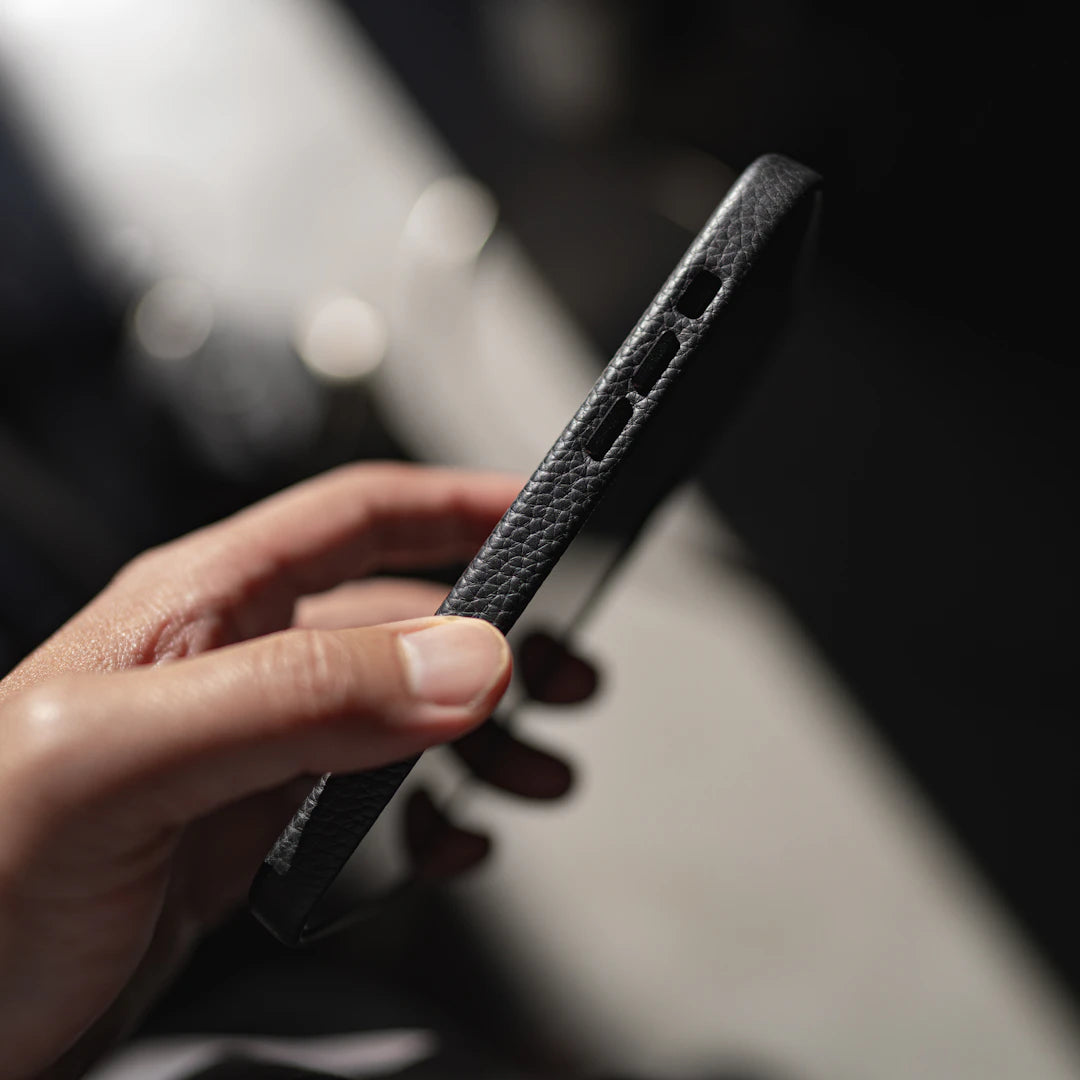
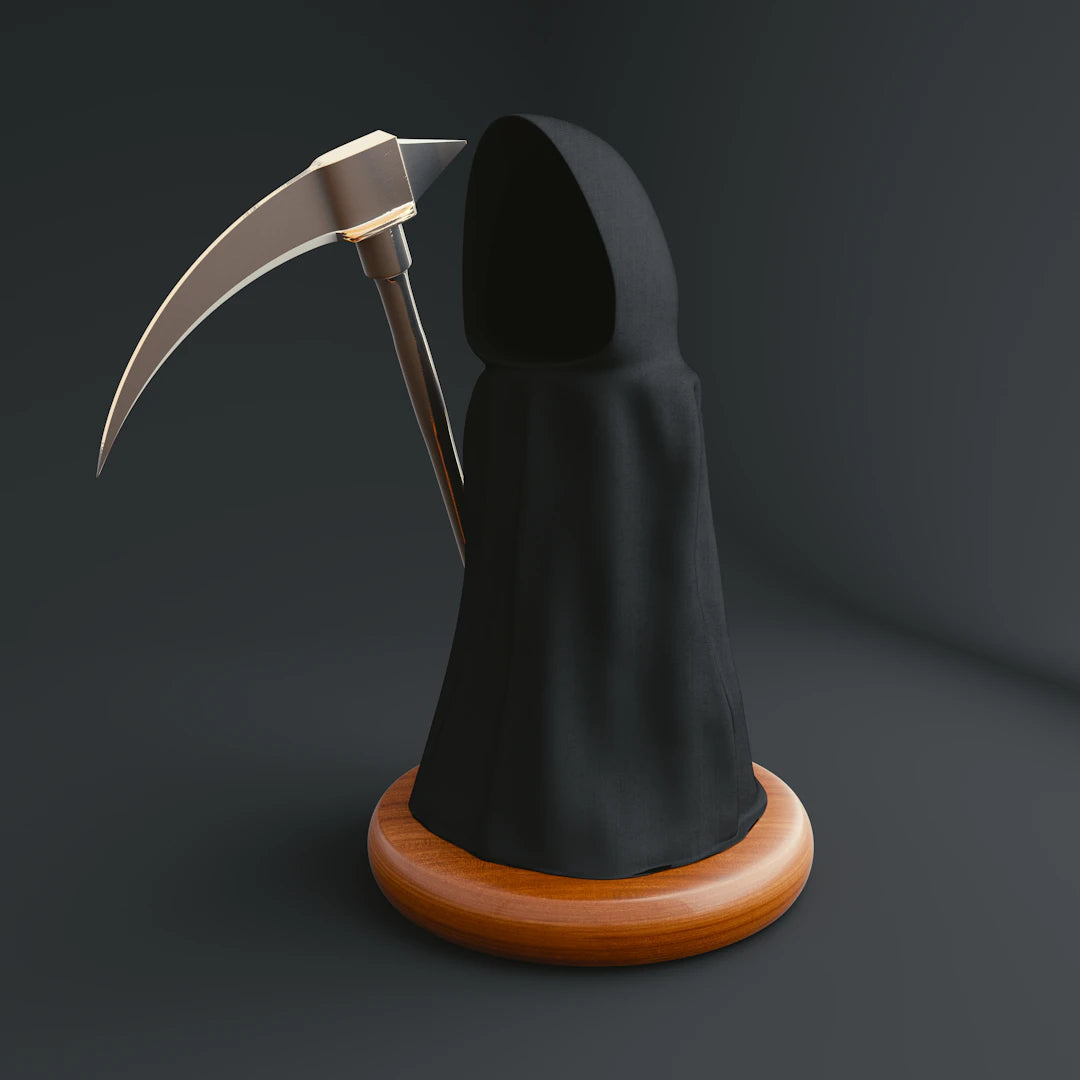
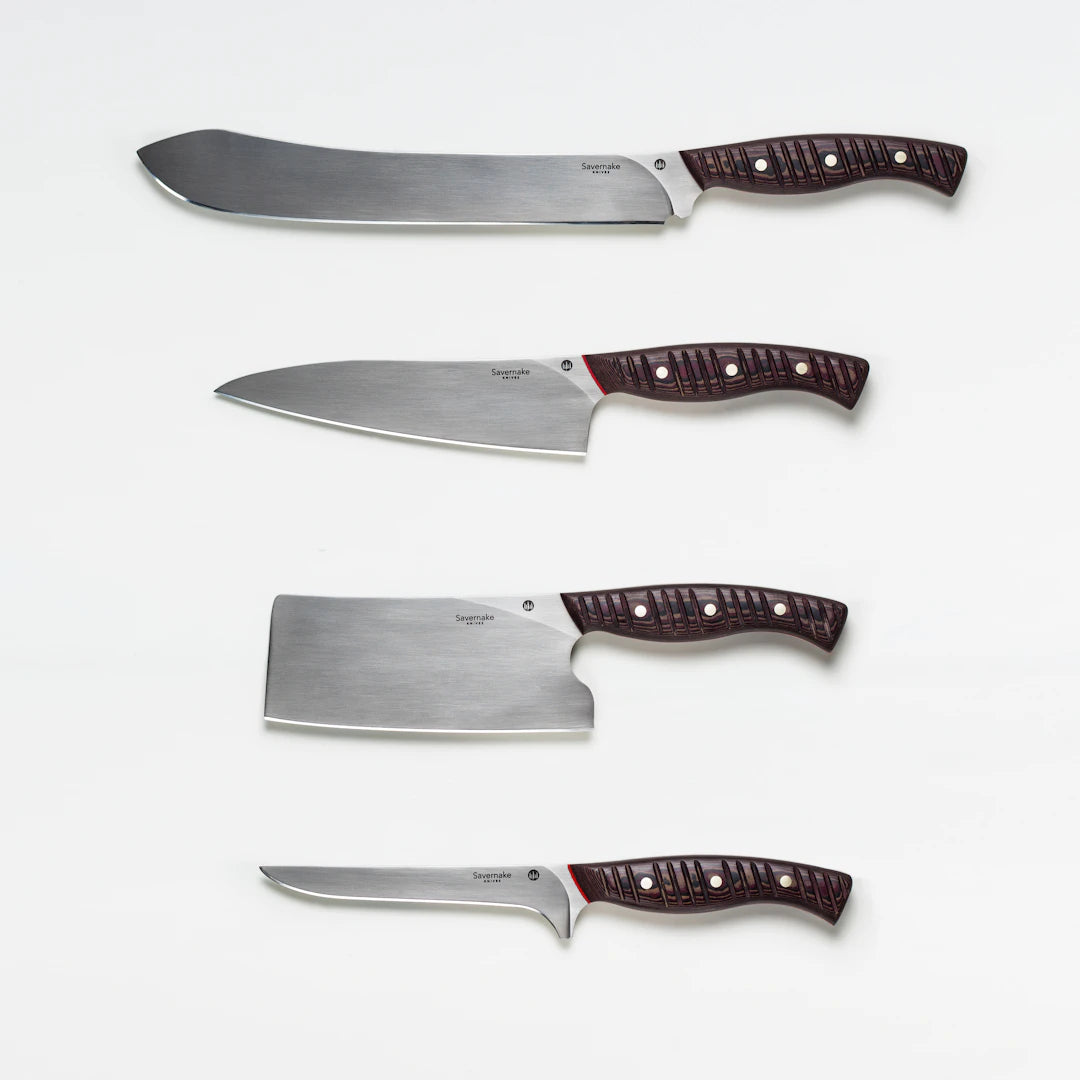
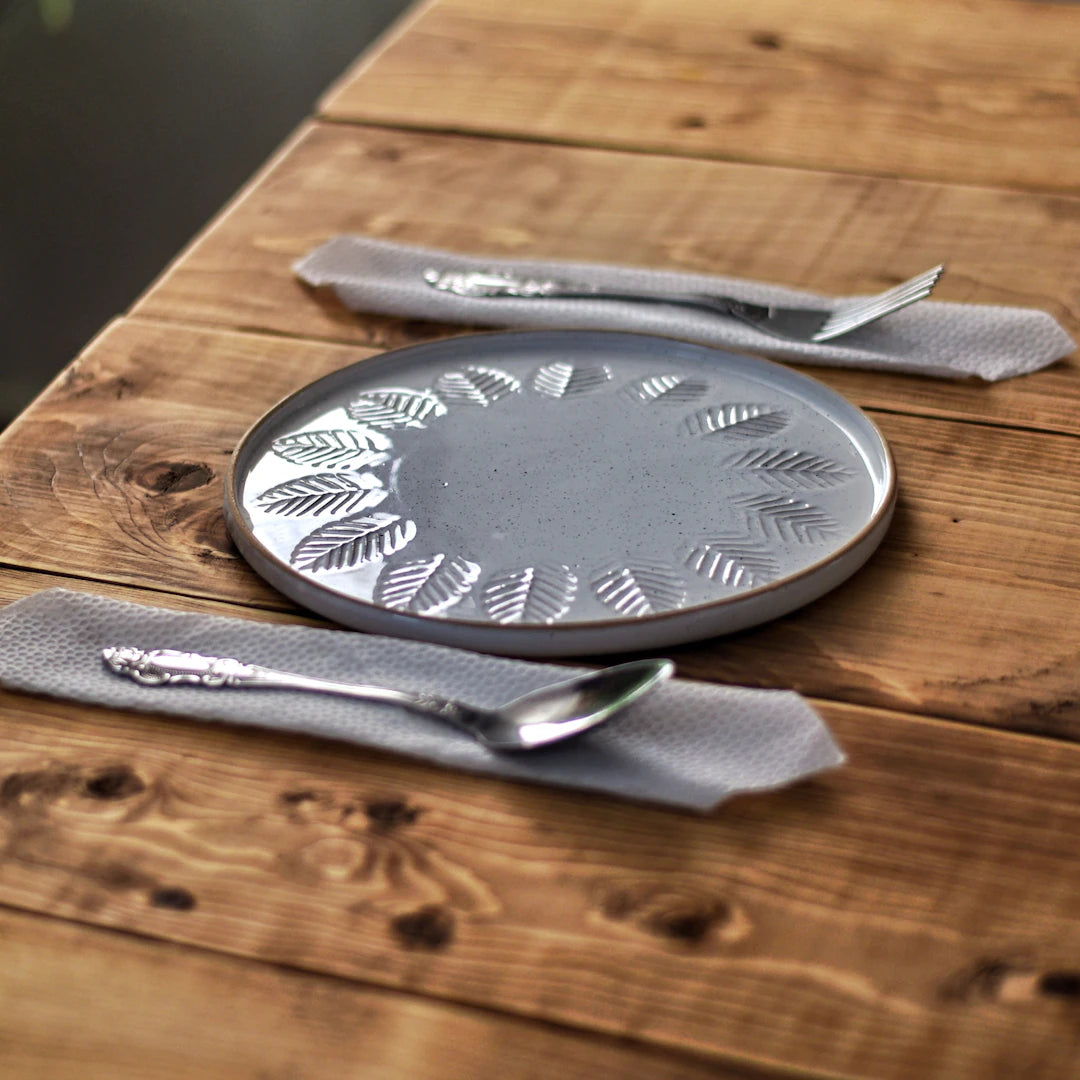

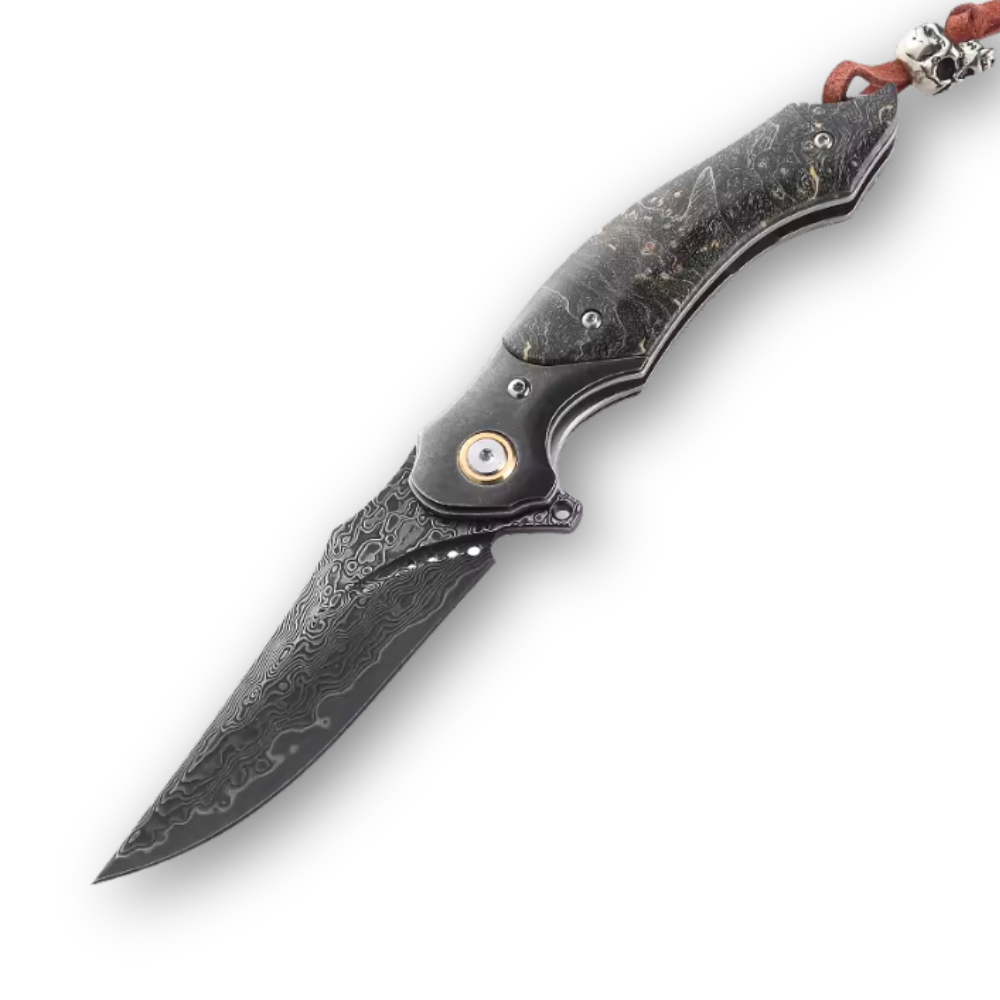
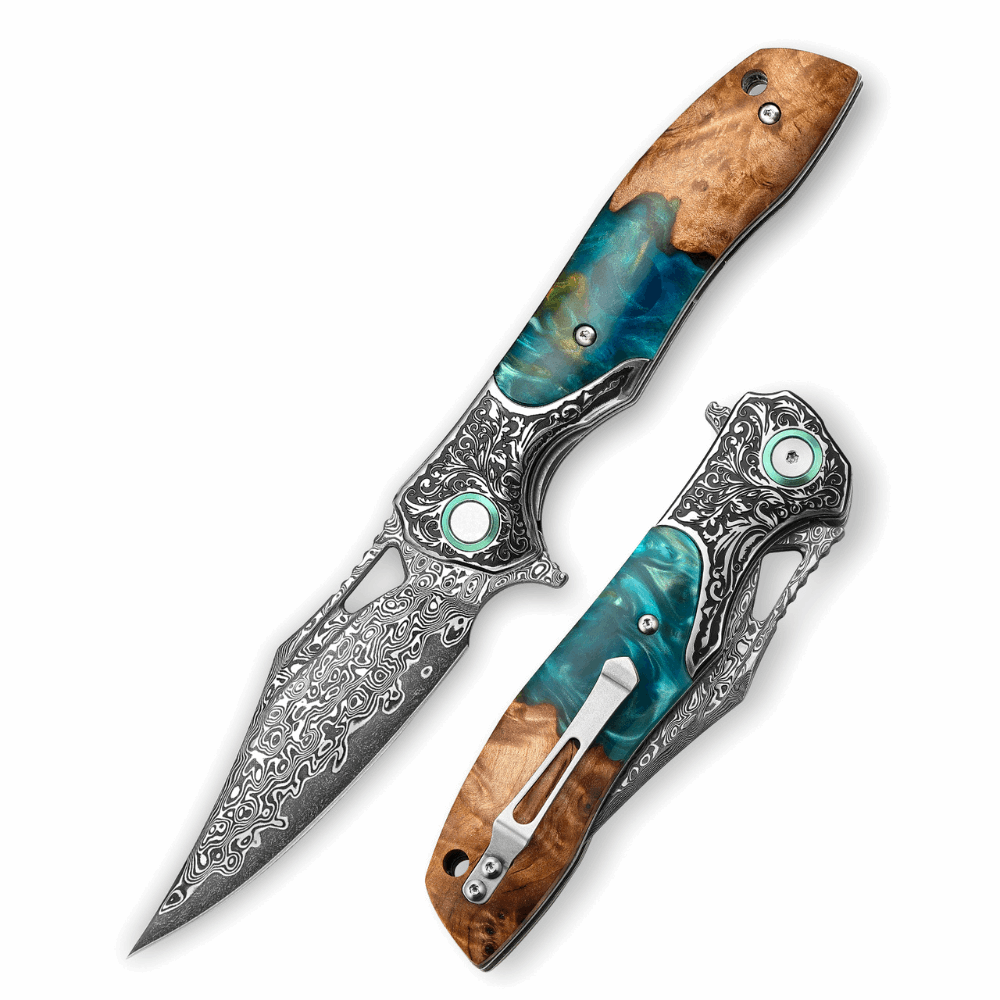
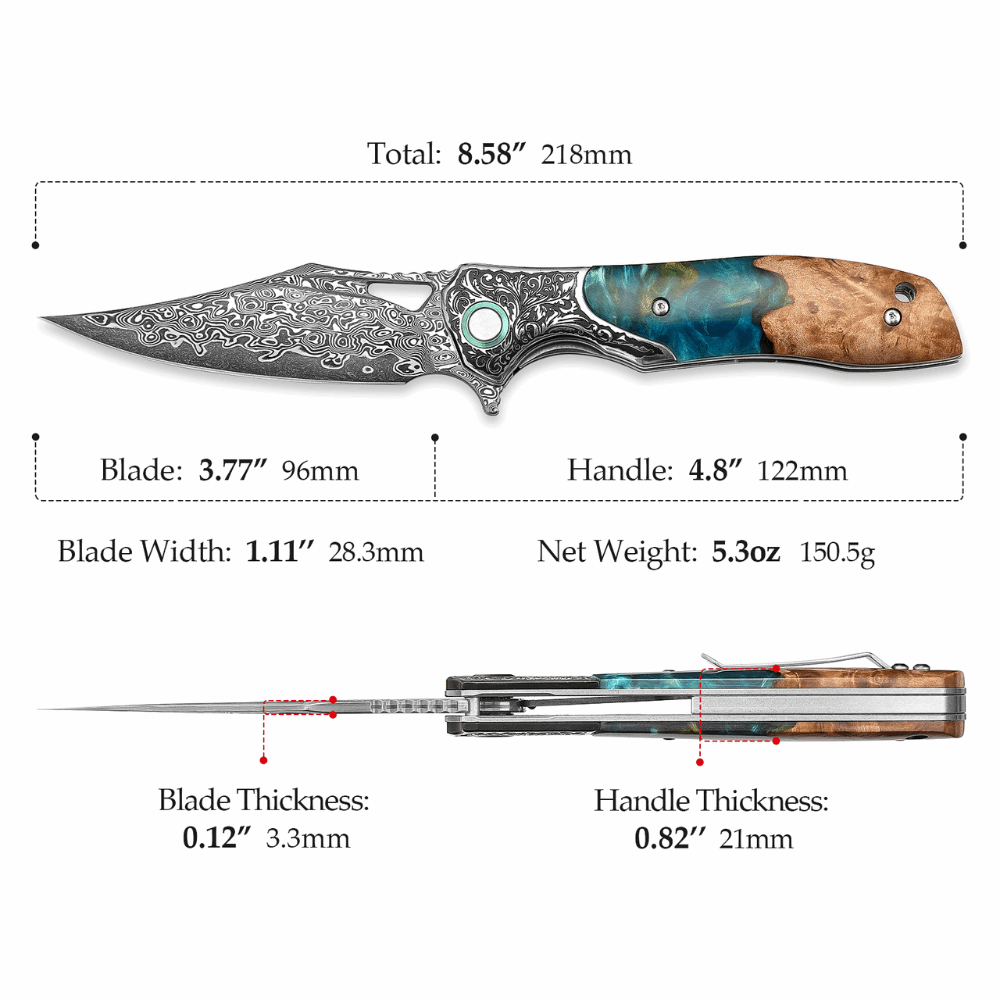
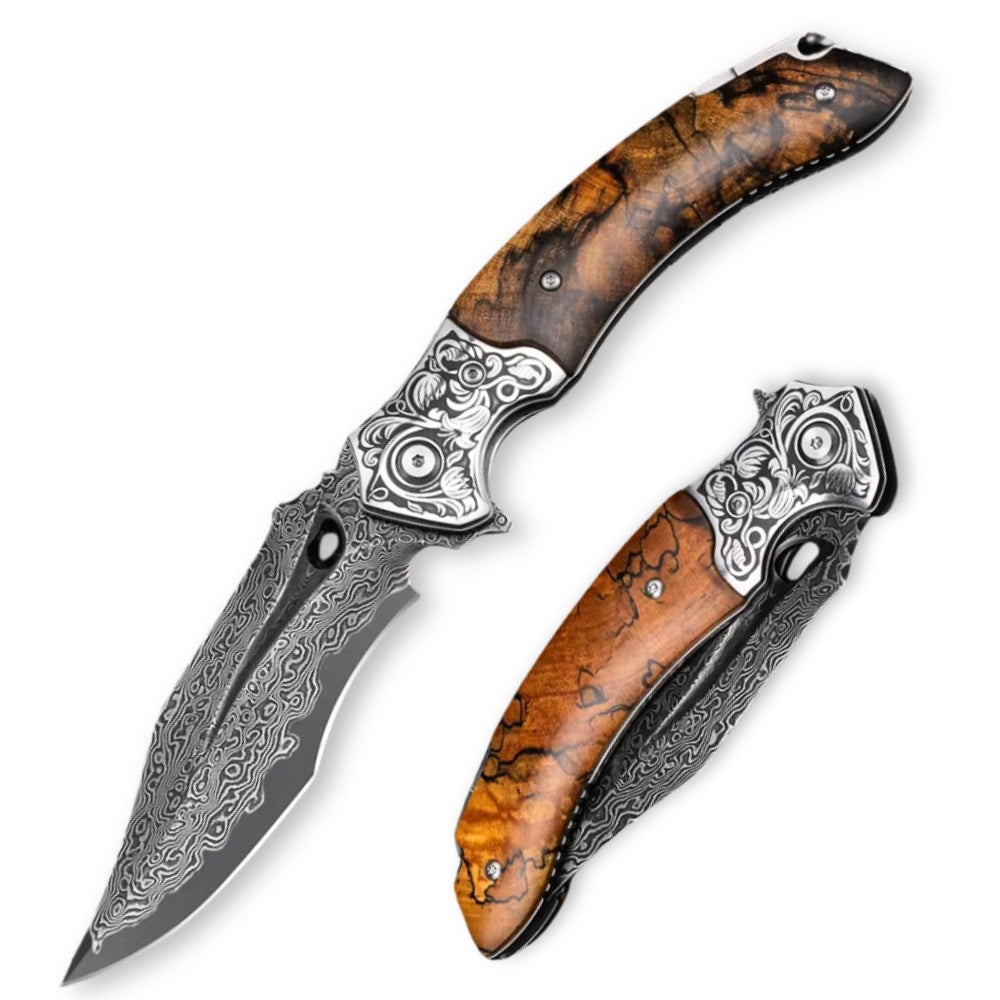
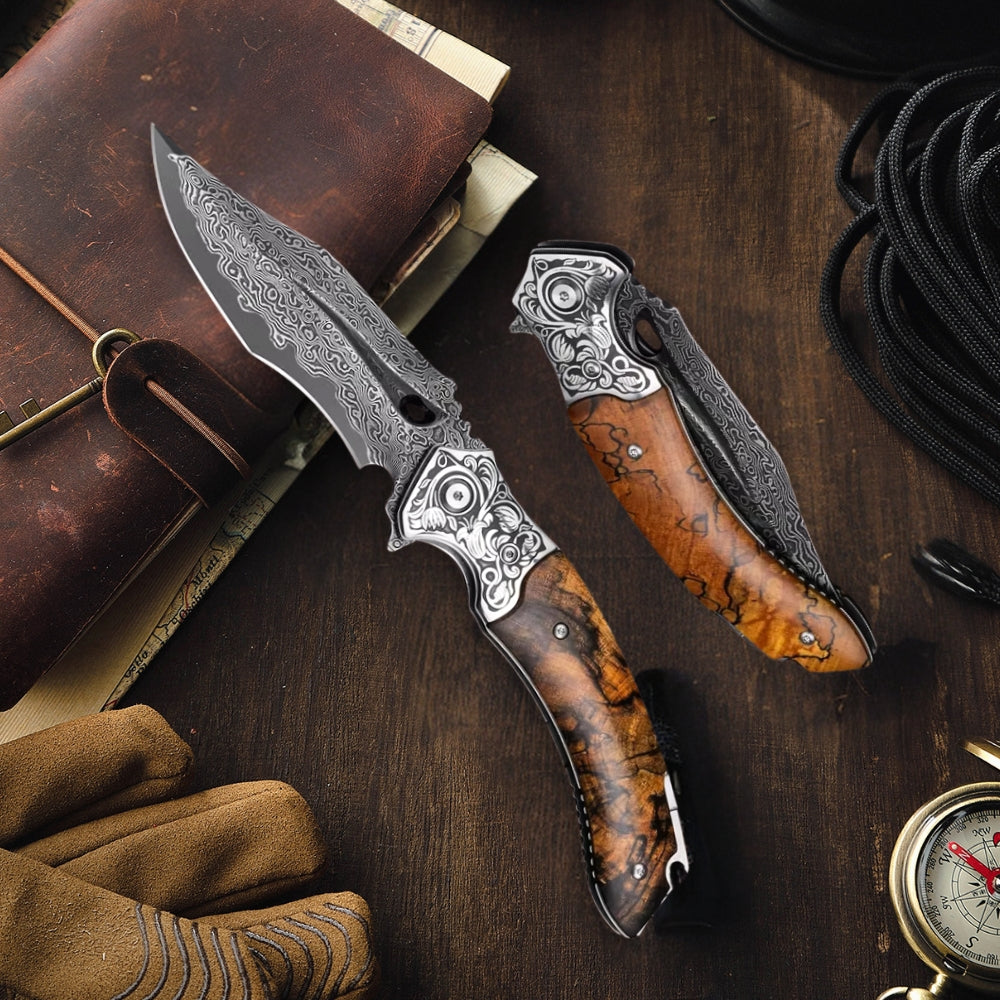
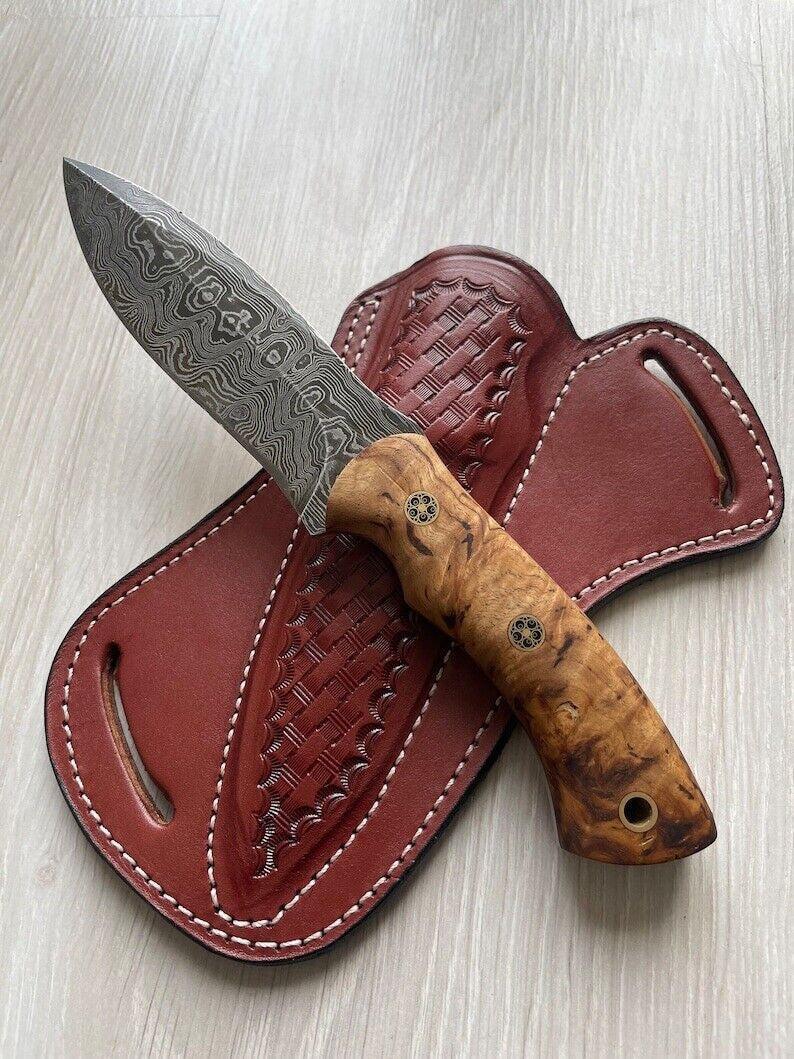
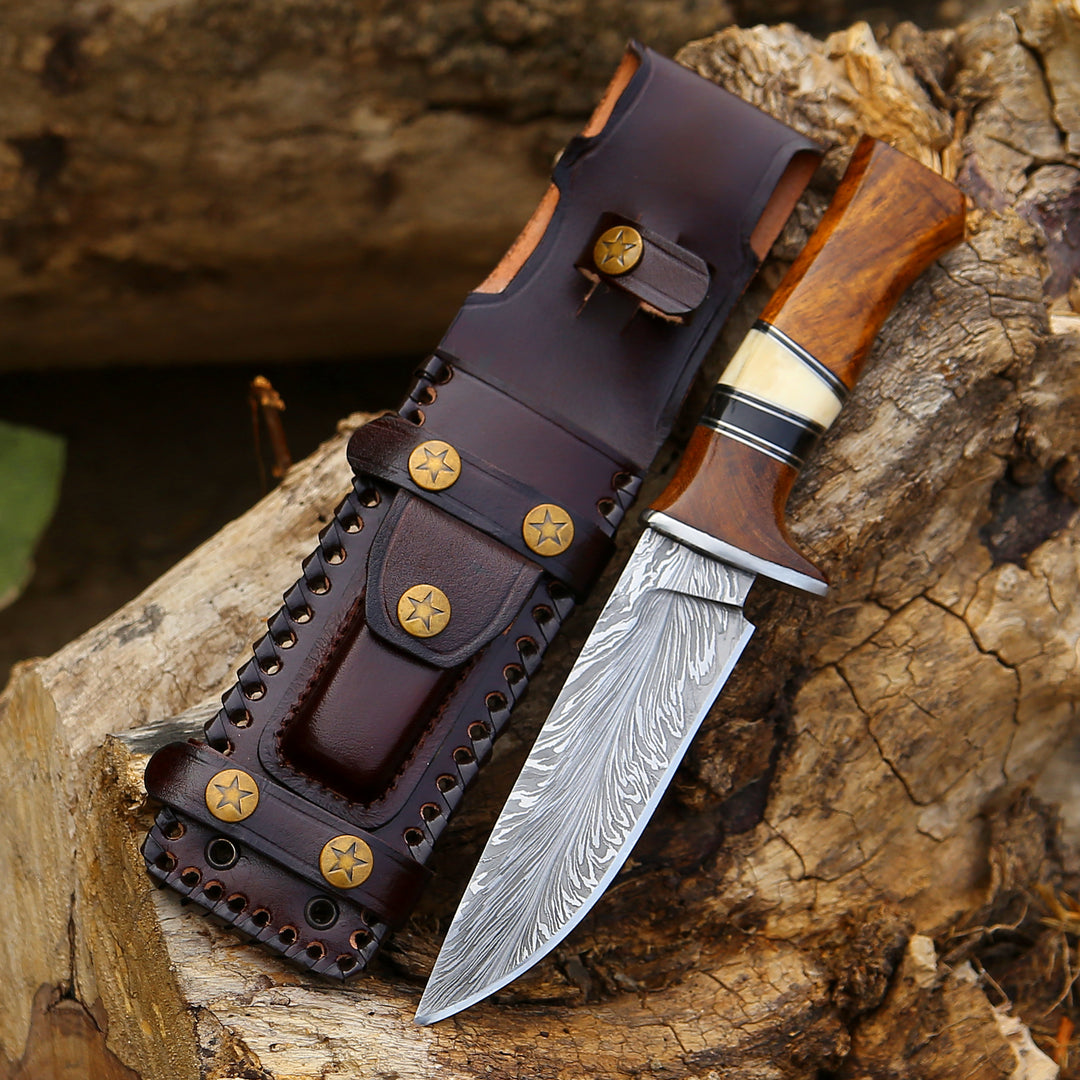
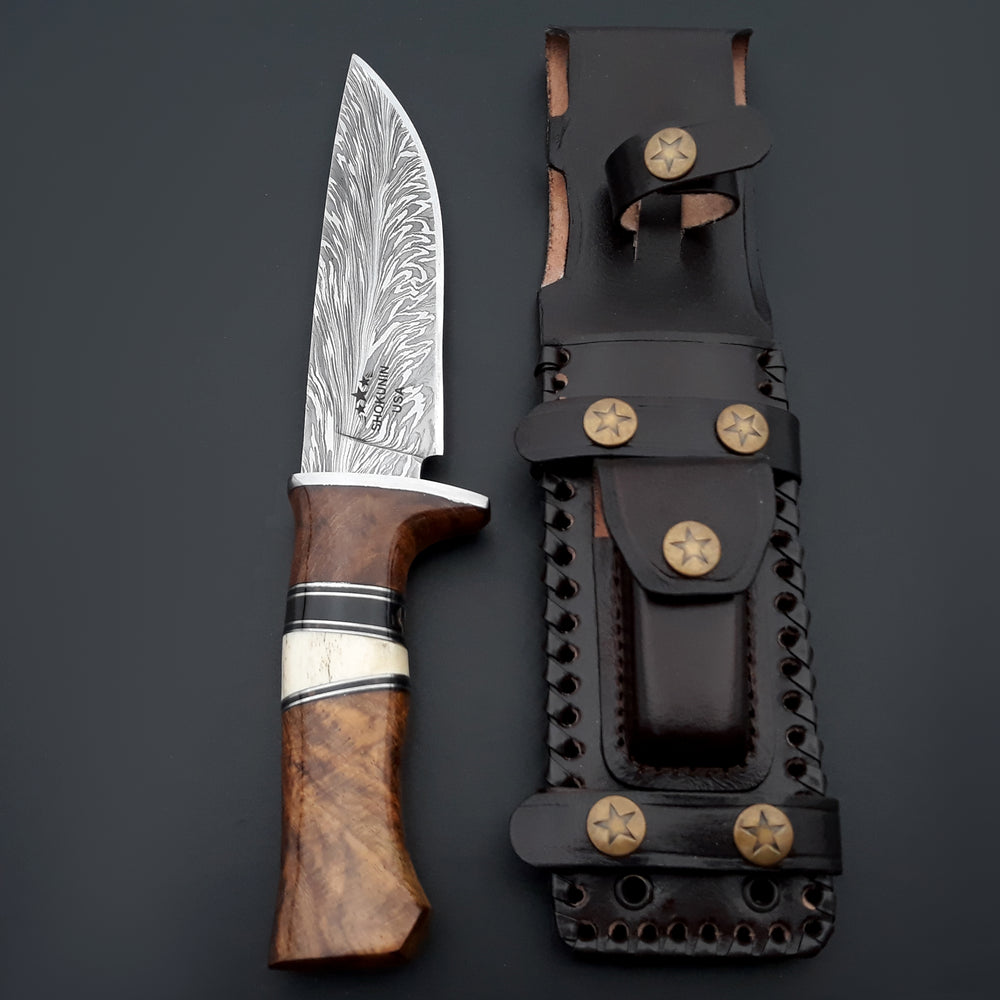
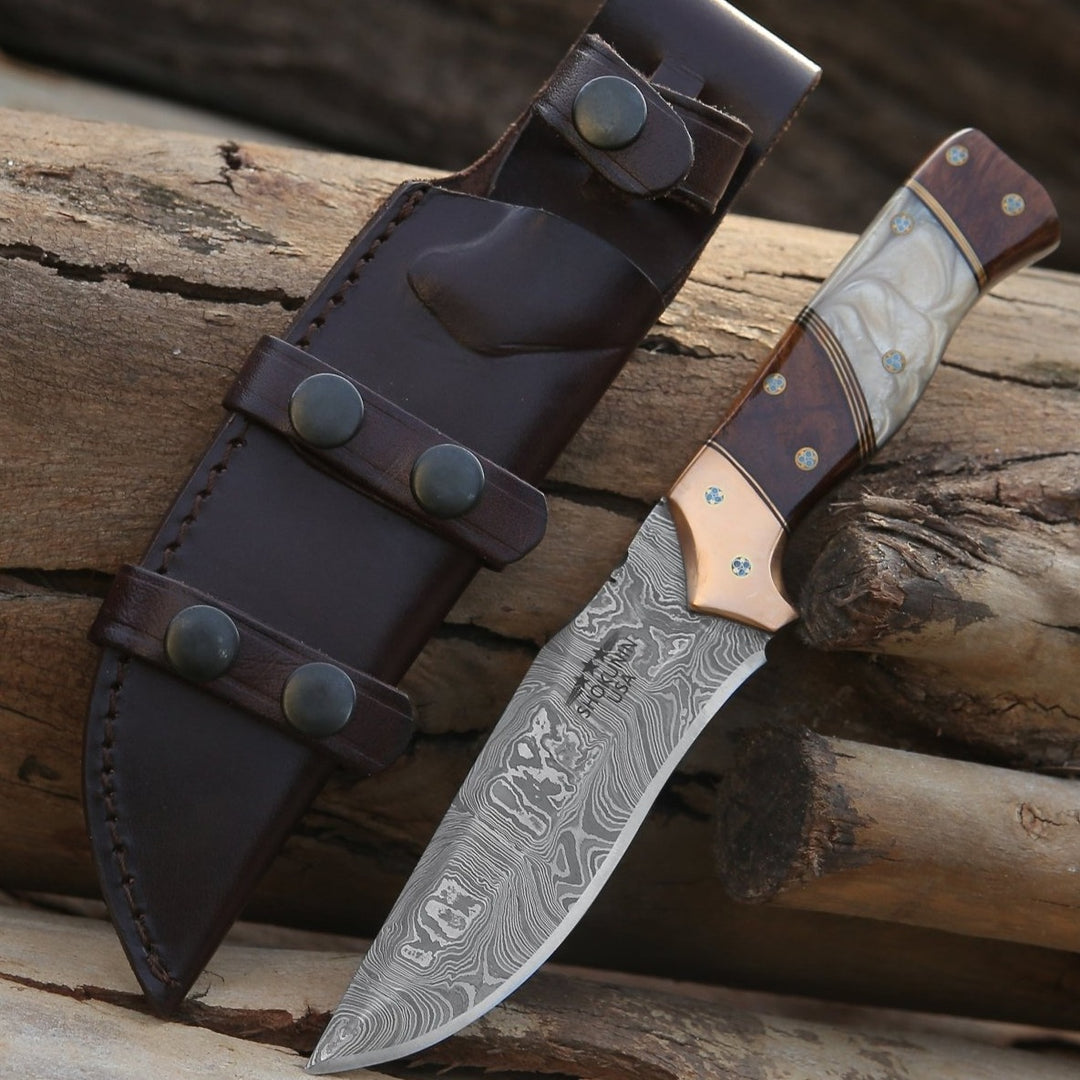
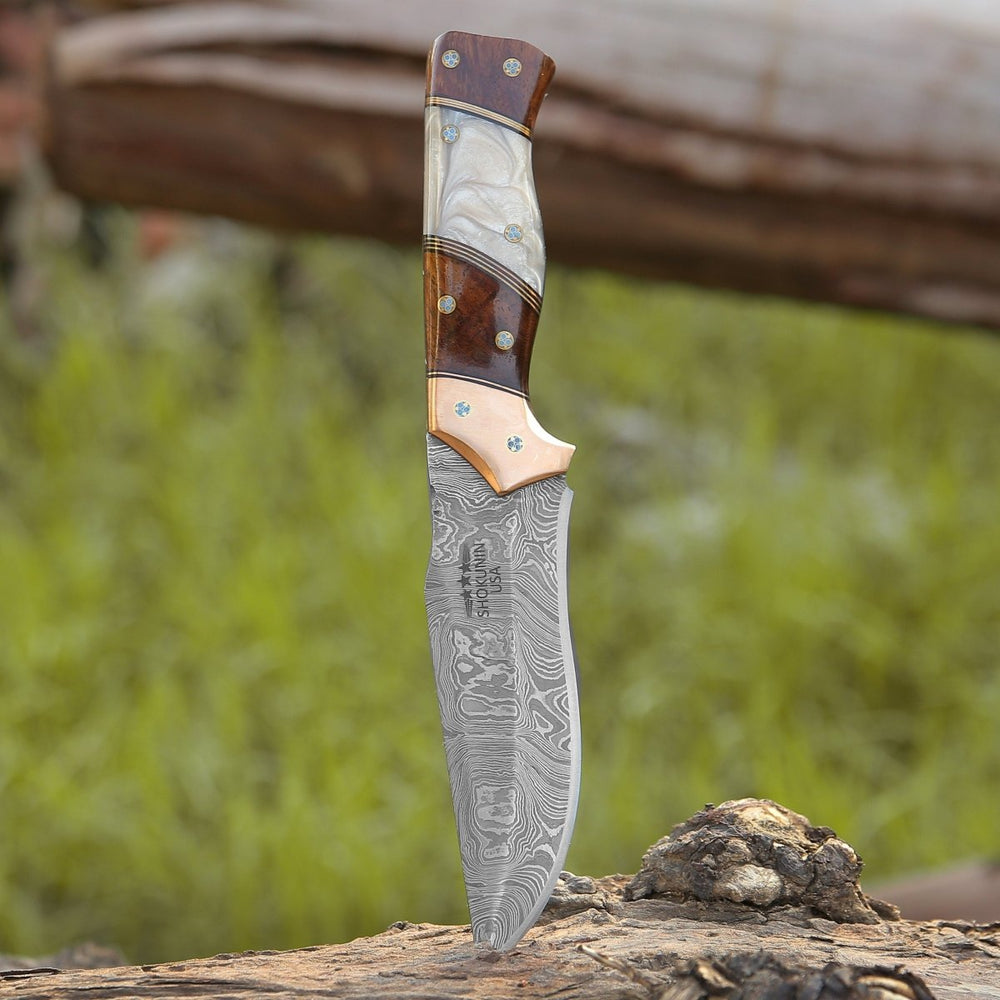
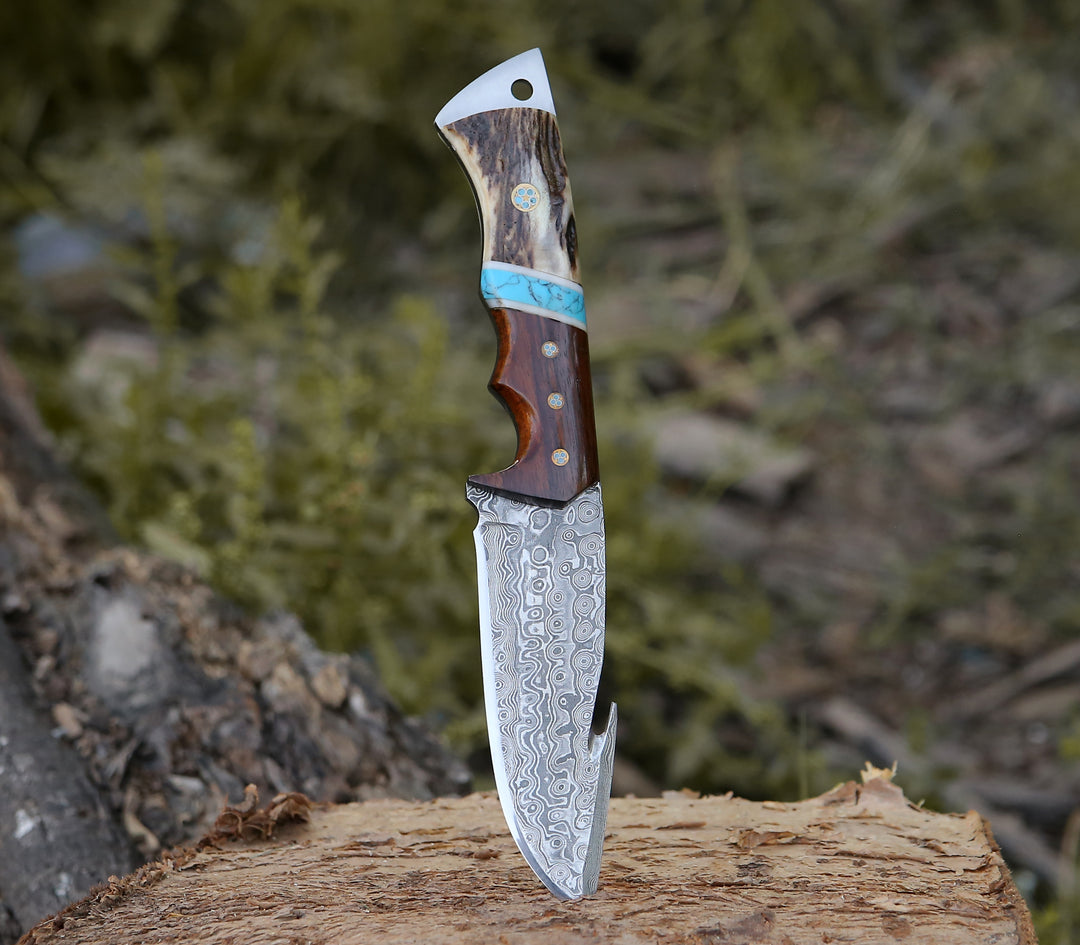
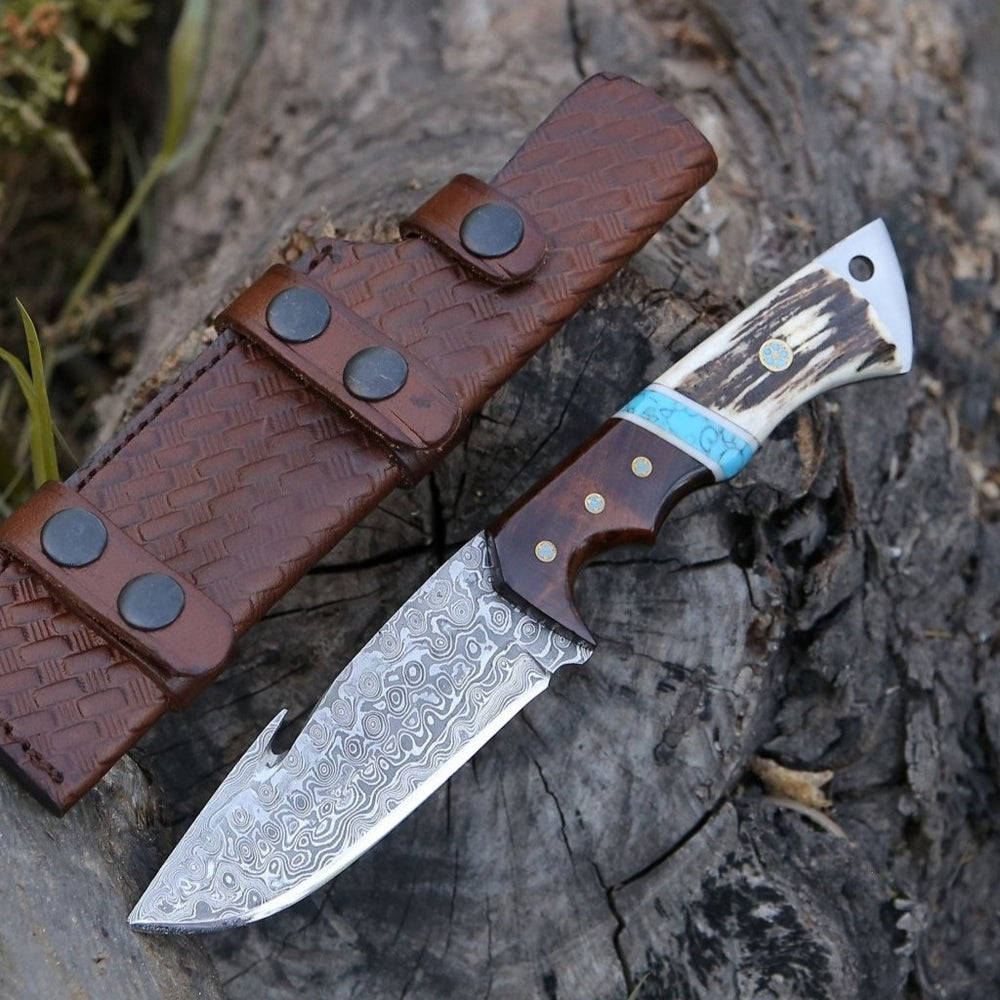
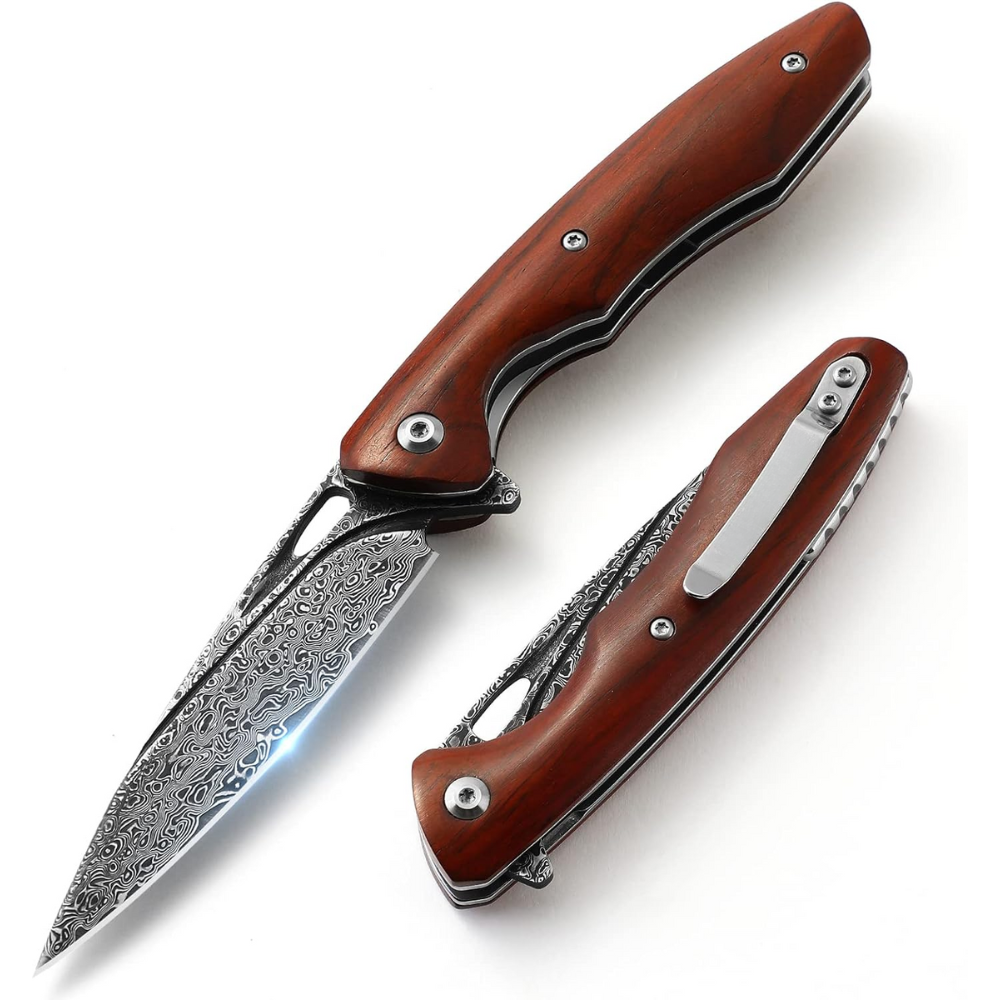

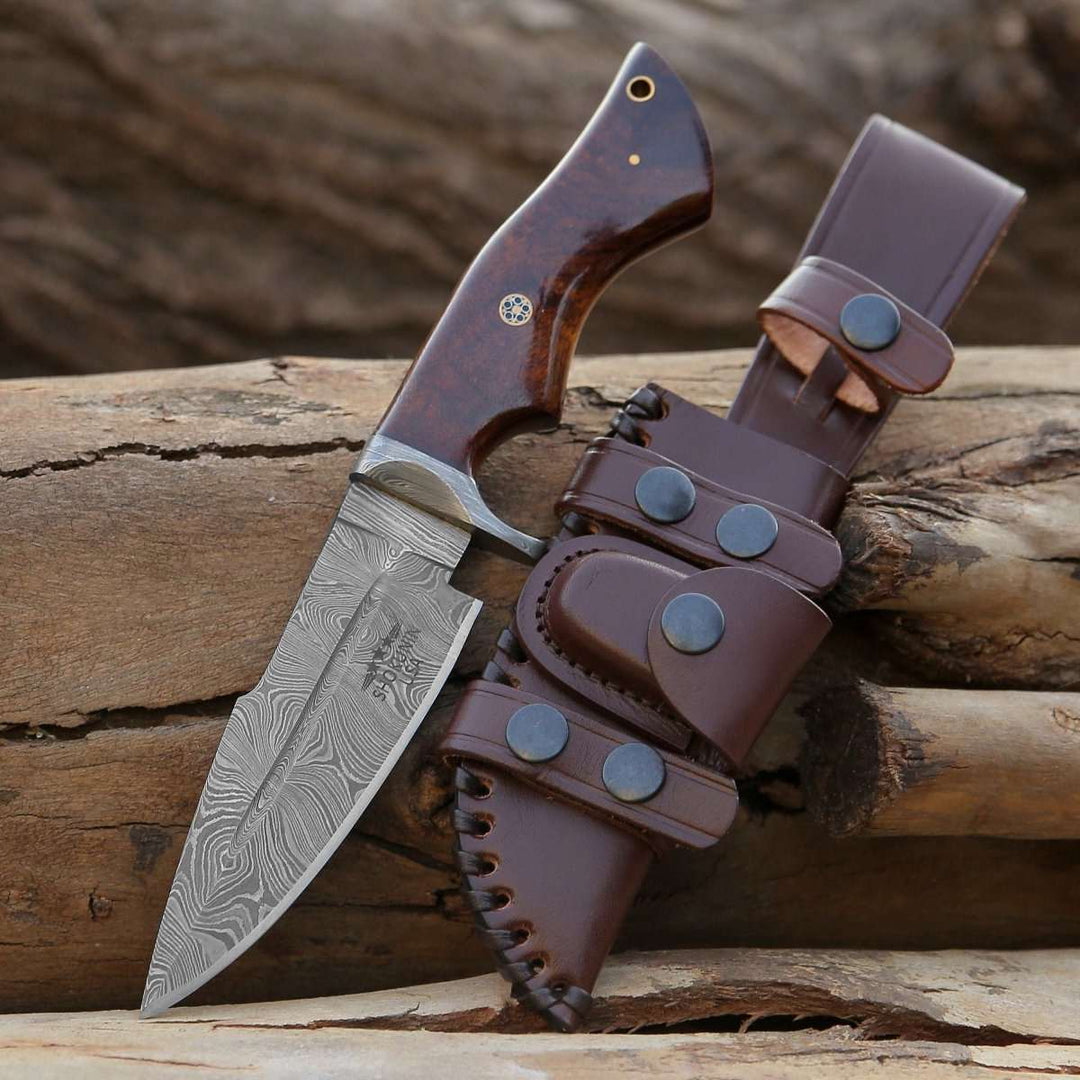
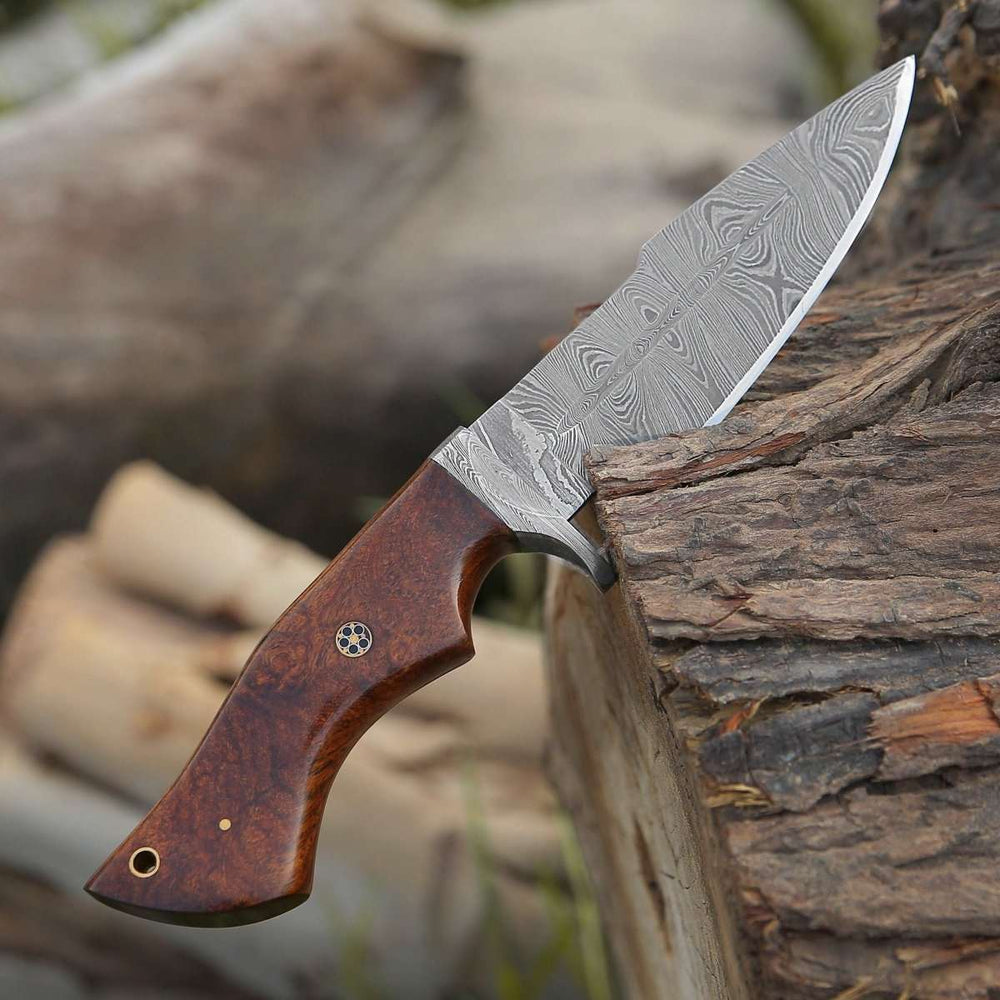
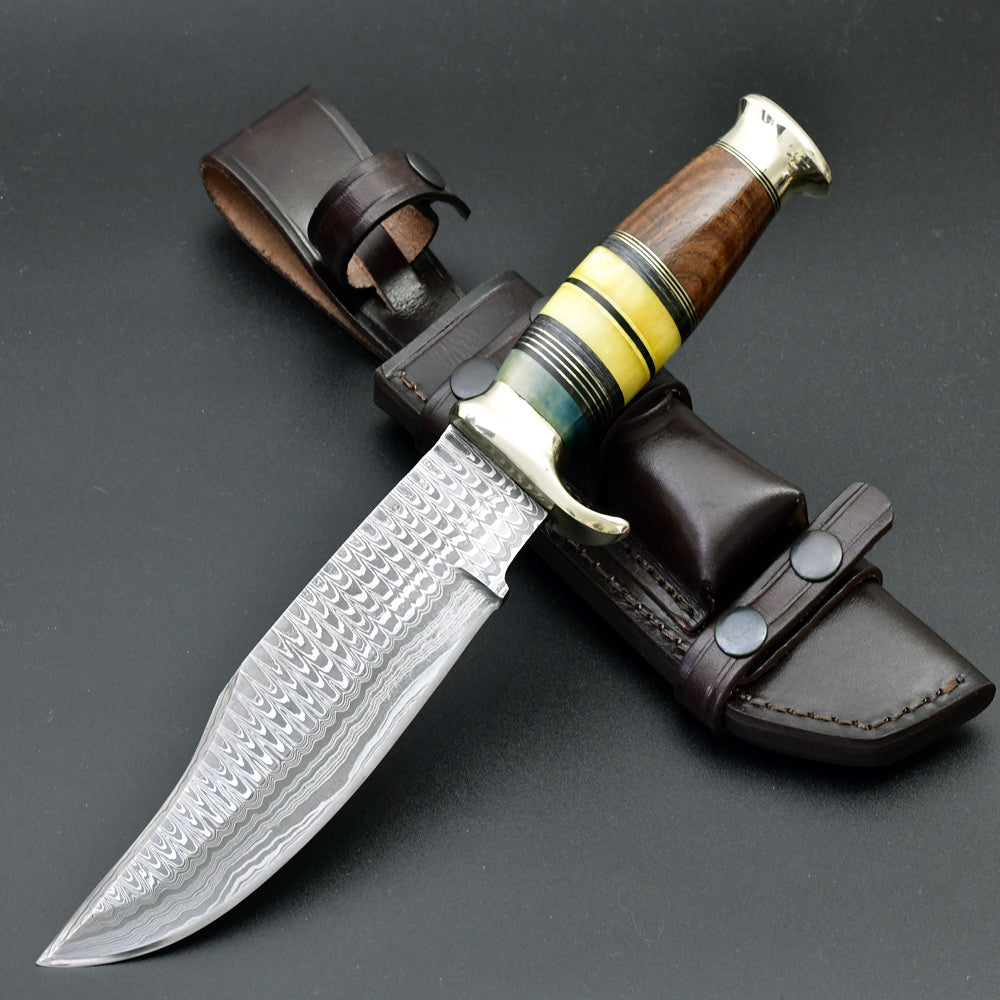
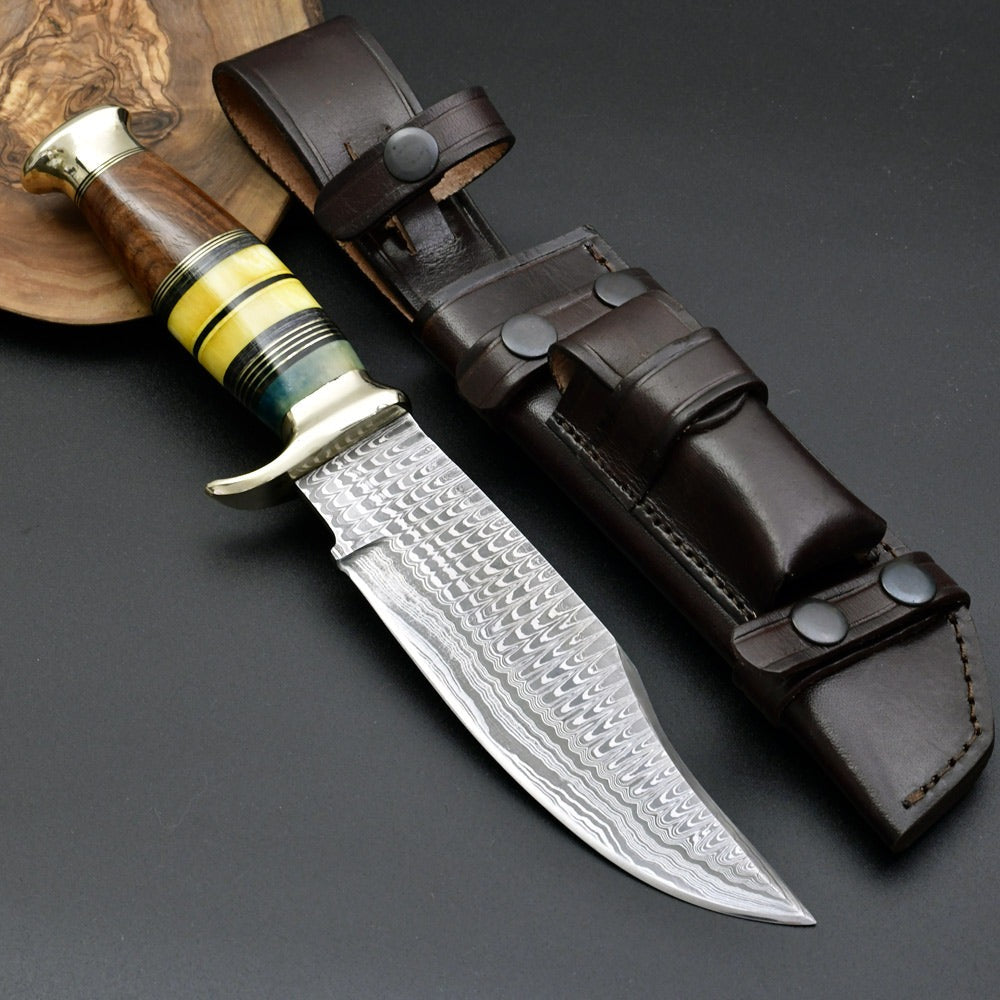
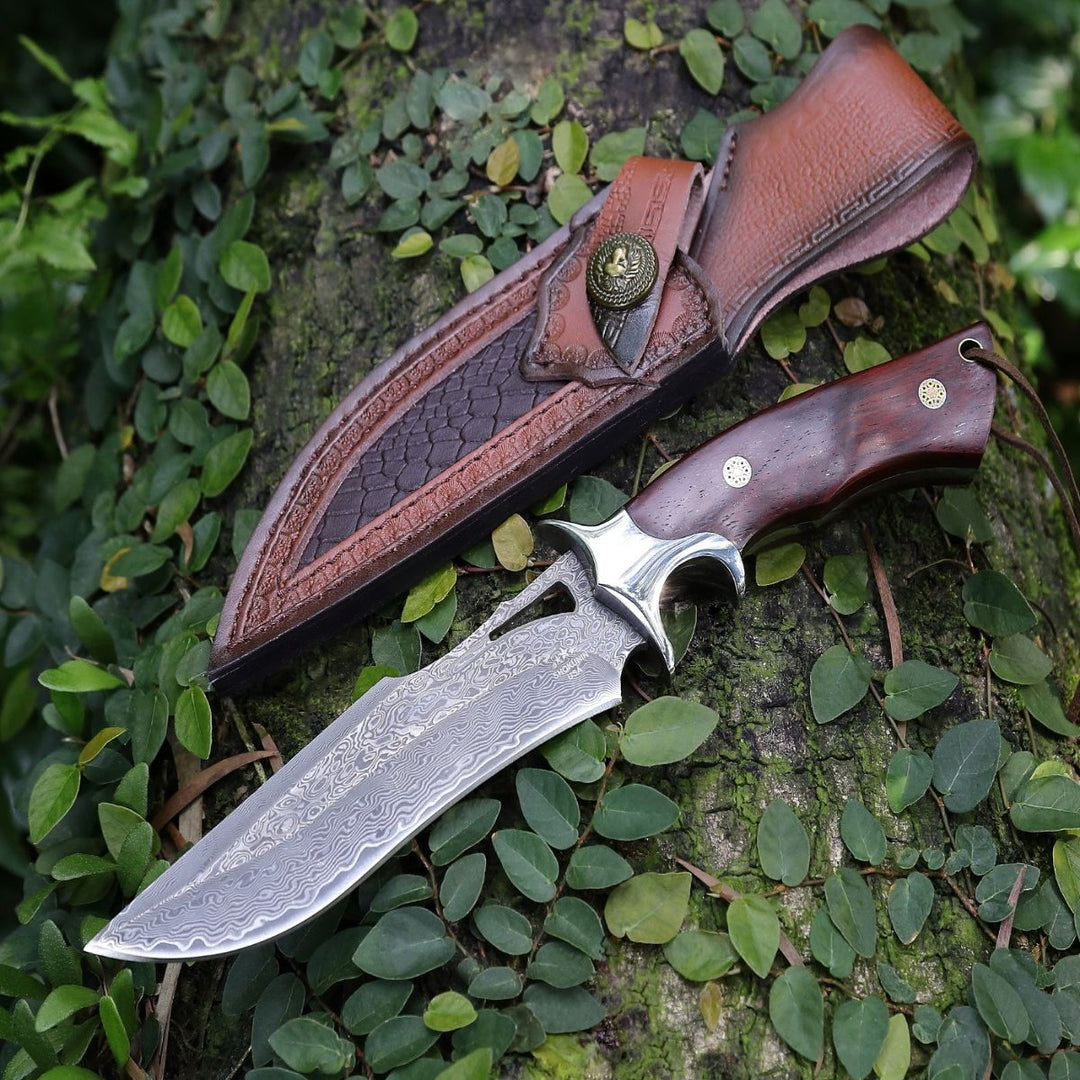
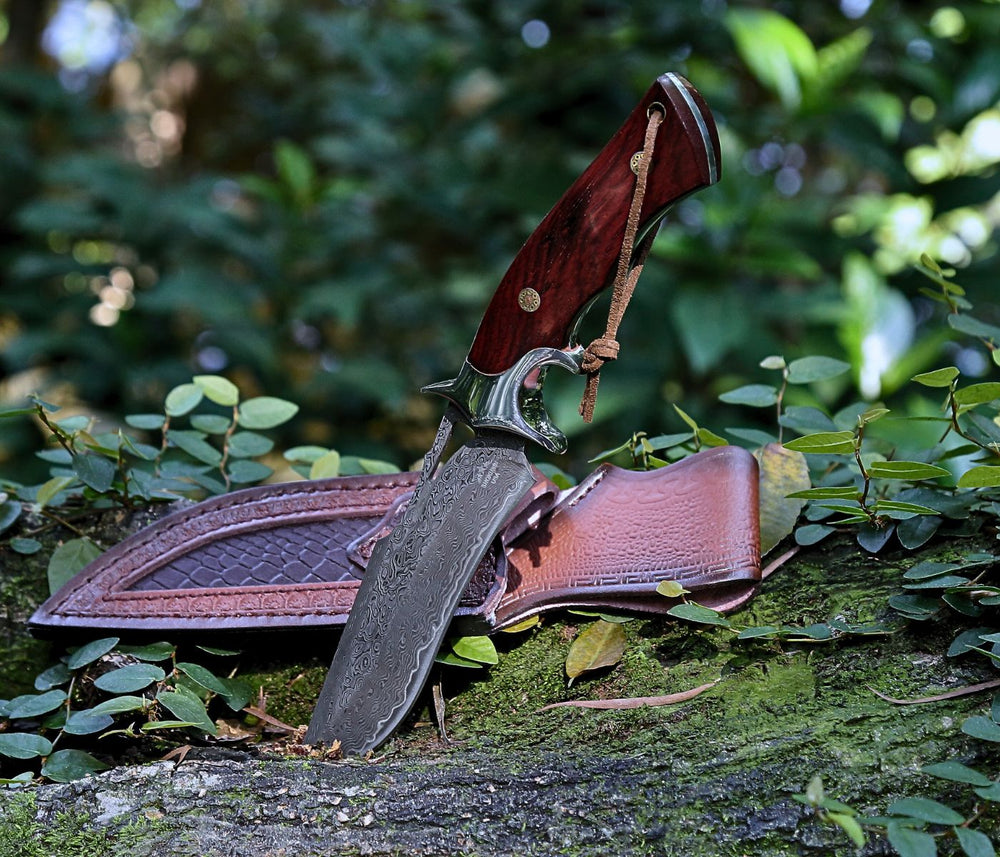
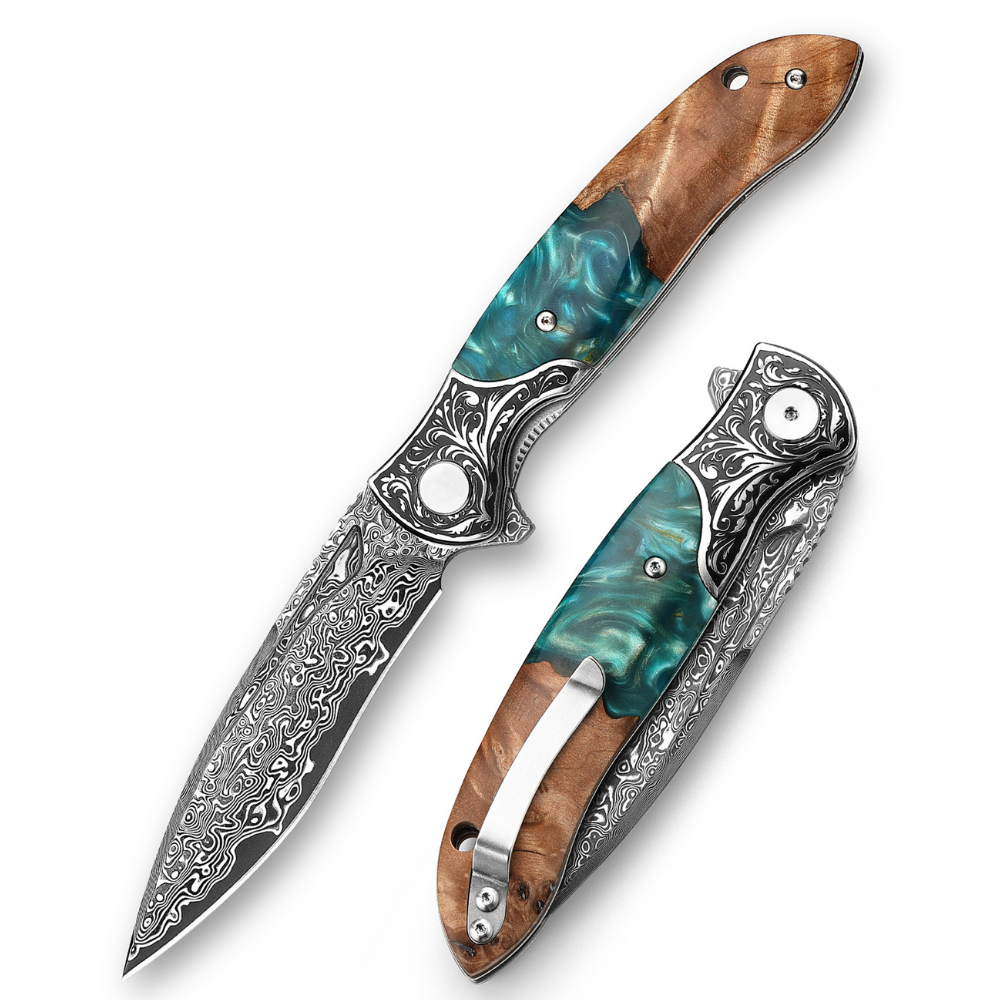
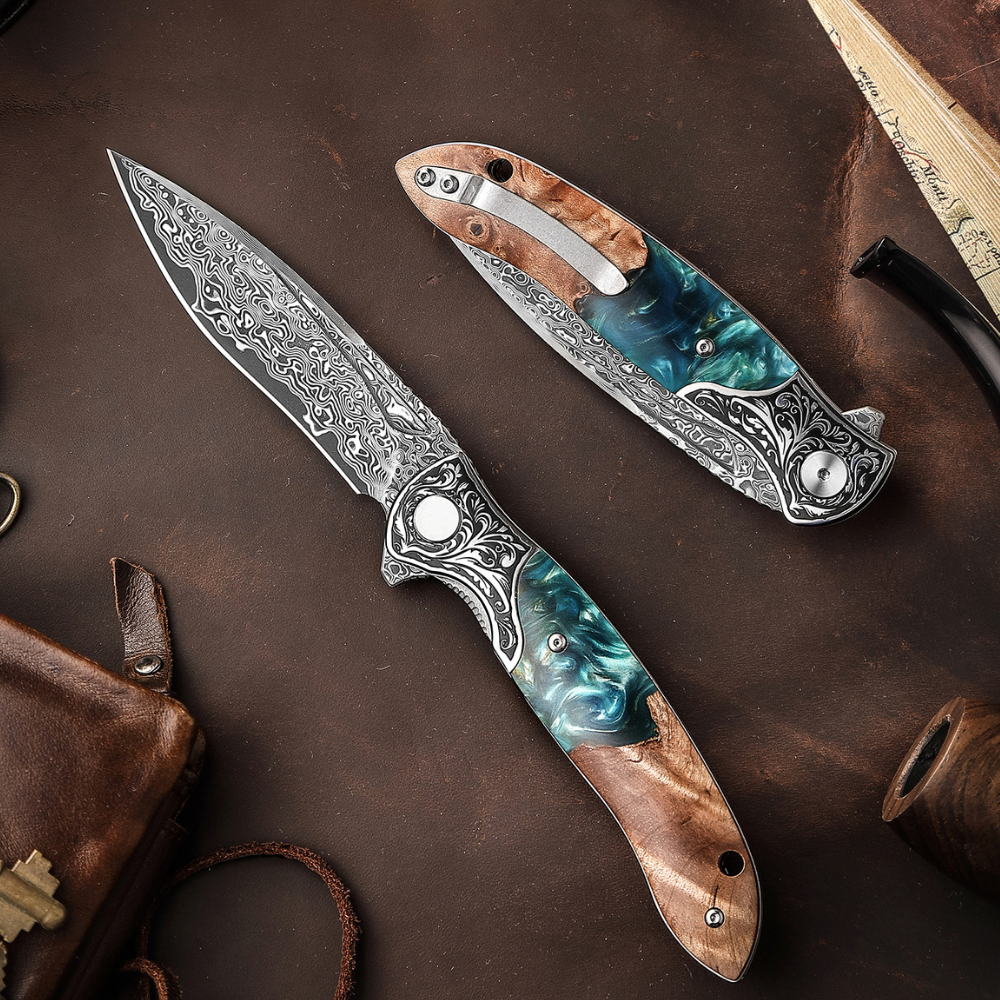
Leave a comment